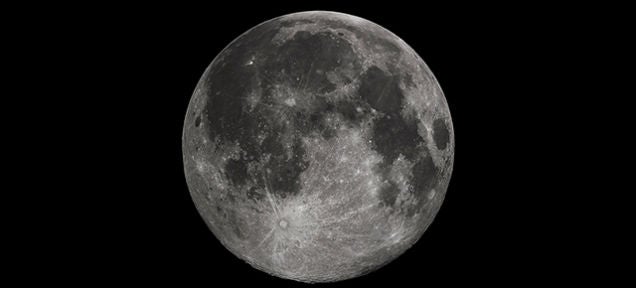This is a question that has been debated for several thousand years. One popular myth, dating all the way back to Aristotle in the 4th century BC and which still endures somewhat today, is that it is simply a case of magnification caused by the Earth's atmosphere. While a "magnification" effect is taking place, it actually is going the other way and is more of a compression. Atmospheric refraction causes the Moon to appear very slightly smaller in the vertical axis when it is near the horizon vs. when it is high in the sky. This refraction, combined with the fact that the Moon is about 4000 miles further away when it is on the horizon, causes it to appear 1.5% smaller if you were to measure very precisely its apparent size on the horizon vs. higher in the sky.
Read more...

|
|
|
Results 1 to 1 of 1
-
06-27-2014, 08:00 AM #1
 Why the Moon Looks Bigger on the Horizon
Why the Moon Looks Bigger on the Horizon
Similar Threads
-
I have a petite structure but bigger hips (not big but bigger than the rest of...
By Amiez in forum HealthReplies: 0Last Post: 03-06-2009, 02:21 AM -
is it true that if teenage guys have bigger feet their penis is bigger?
By 635 in forum HealthReplies: 1Last Post: 01-01-2009, 08:32 AM -
what is the children's story about a fish that kept growing bigger and bigger?
By ANNiE in forum The Great OutdoorsReplies: 0Last Post: 08-28-2008, 05:54 PM -
Bigger butt, firmer NOT smaller legs, bigger calves, lose fat round mid
By kyoncep in forum RingtonesReplies: 0Last Post: 01-17-2008, 08:49 PM -
Bigger butt, firmer NOT smaller legs, bigger calves, lose fat round mid...
By kyoncep in forum RingtonesReplies: 0Last Post: 01-17-2008, 07:05 PM







 Reply With Quote
Reply With Quote
Bookmarks